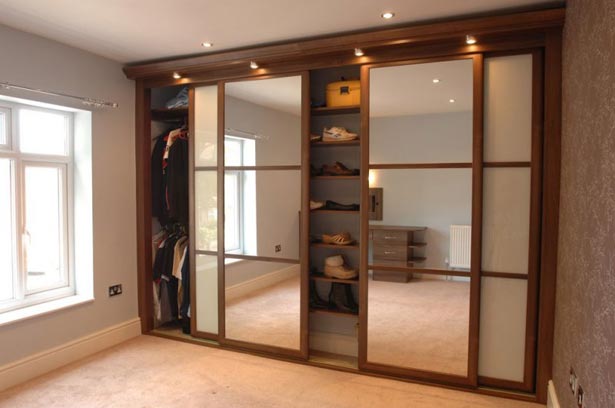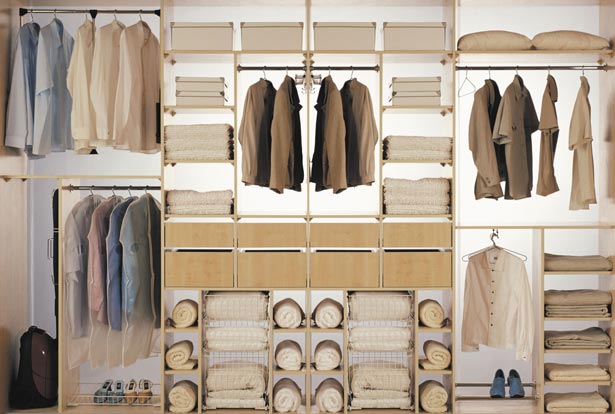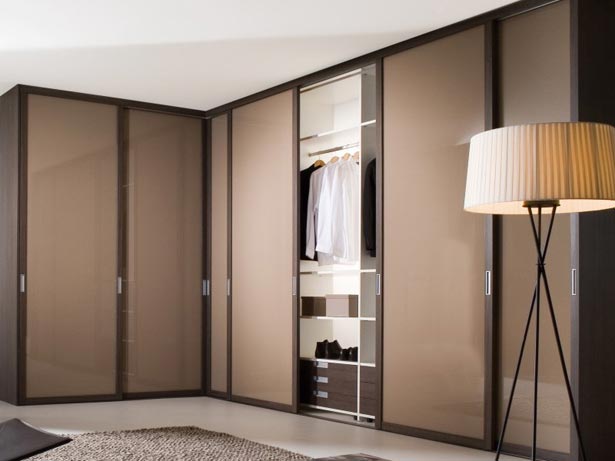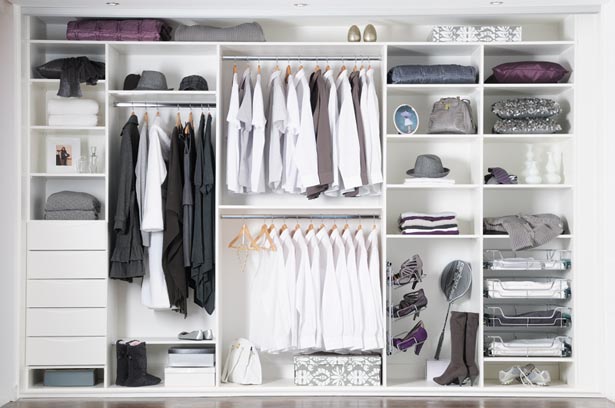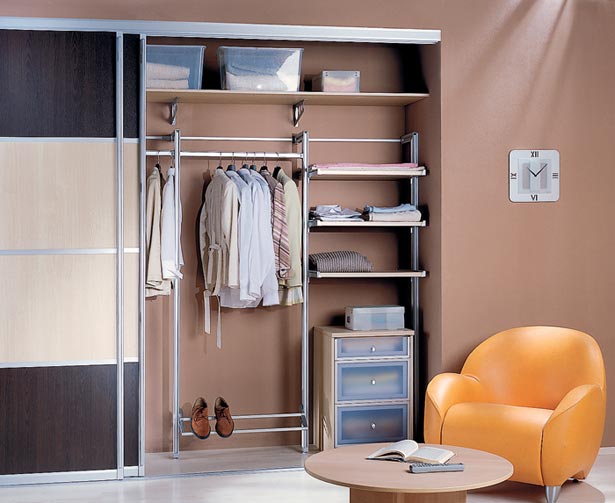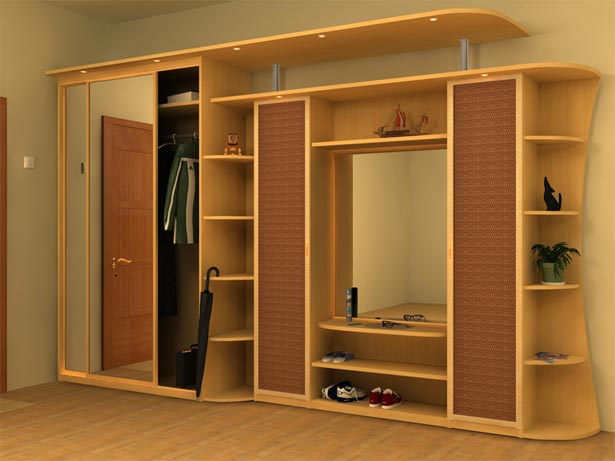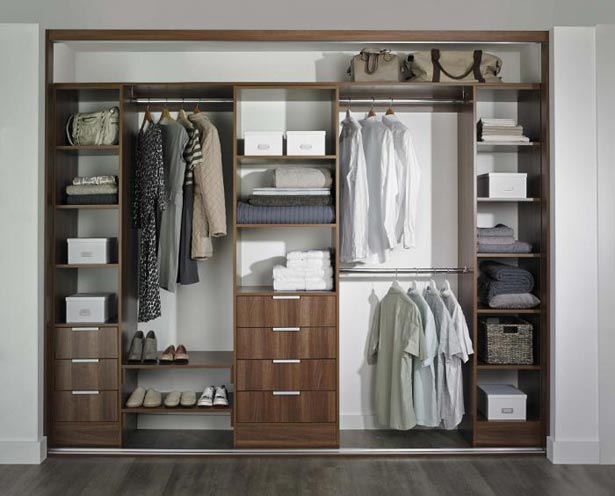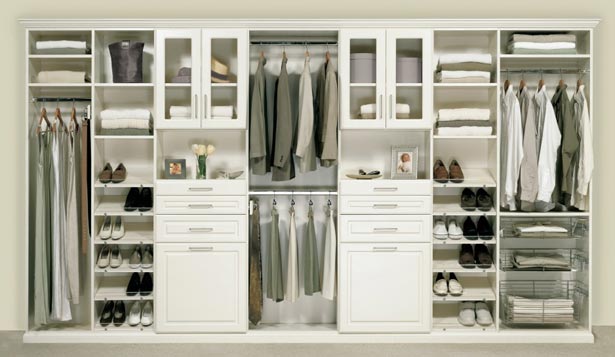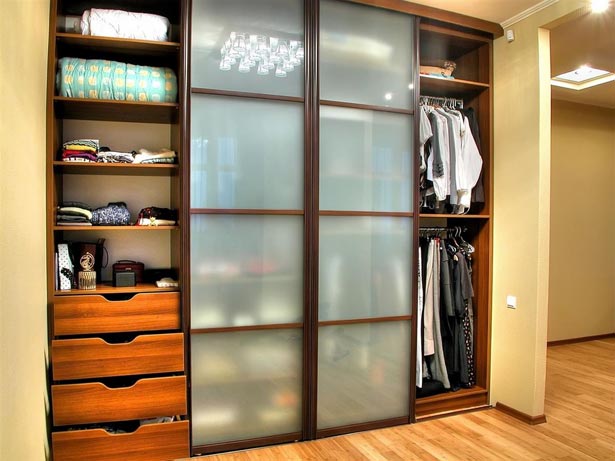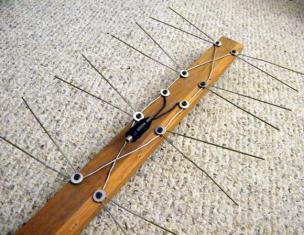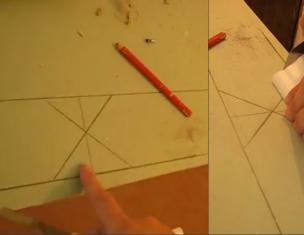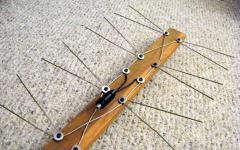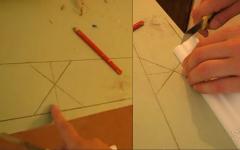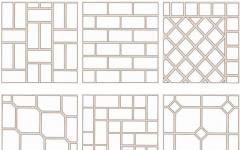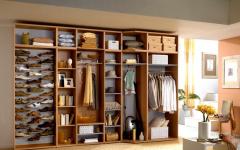The wardrobe can rightfully qualify for the title of ideal "dwelling" for clothes and household things, because it allows you to use valuable square meters much more efficient than any individual stands, dressers and racks. But to get the maximum benefit from this "housing", you need to know how to competently arrange furniture inside. How to plan zones? How to determine the dimensions of the entire model and individual sections? How to choose a "stuffing" in the form of shelves, rods, hooks and other components? What should be the location of the selected components? Let's figure out in all the above-mentioned subtleties and see the photo of different facilities of furniture filling to successfully cope with the task.
What size should be a wardrobe
Having calculated the dimensions of the future, three factors should be taken into account:
- approximate number of things for storage + 20% on the "growing" of the wardrobe;
- the area of \u200b\u200bthe room in which the furniture is planned;
- recommendations of designers in terms of the minimum / maximum sizes of certain cabinet elements.
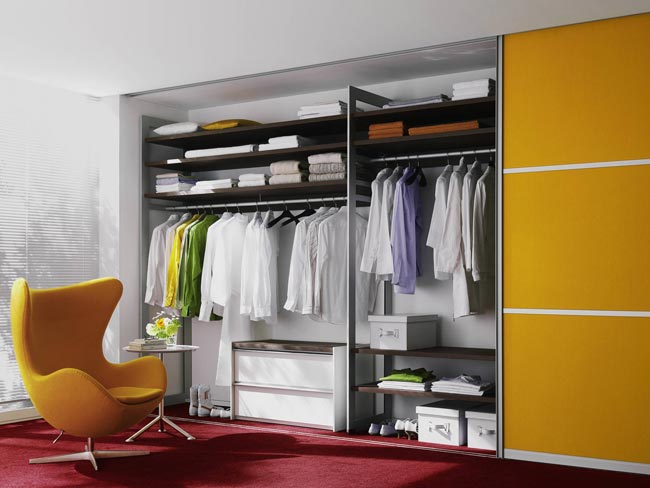
And if the first two nuances are absolutely individual and solved in private, then on the third you need to navigate everything without exception.
- Depth. The minimum depth of the cabinet is 60 cm. It is so much necessary to place the shoulders with the upper clothes. Do not forget to add to the depth of 10 cm - "eat them" the coupe with the guides.
- Width. The minimum is 50 cm. Making a closet even less width does not make any sense, since the furniture will be simply non-functional. But the maximum width is not regulated.
- Height. Theoretically, the wardrobe can be any height, so specialists recommend designing furniture to almost the ceiling to achieve maximum capacity.
- Doors. Sliding doors should not be wider than 120 cm, otherwise they will give a greater load on the roller system, which is fraught with its fast deformation. The optimal proportions of height and widths that will avoid the design of the design, - 1: 5.
Council. Select the width of the doors under the width of the sections - thanks to this reception, "dead zones" inaccessible in the closet will not be formed in the closet, which is often found with models that are equipped with two common doors.
How to distribute space
In order to streamline the inner space of the wardrobe, it needs to be clearly divided into functional zones. Traditionally, three mandatory zones are distinguished:
- Top space. It is recommended to have compartments for storing seasonal clothes, hats, bedding, as well as household items that you do not use every day. The optimal solution is to take up the upper space about 20-25% of the cabinet.
- Central space. As is clear from the title, this is the most important cabinet area, intended for storing the bulk of frequently used things. To the organization of this space, you must treat with a maximum responsibility: all shelves, compartments, boxes, baskets, hangers and other components should be located in such a way that they can be unhindered to contact every day. Under the central compartments you need to take at least 50% of the wardrobe.
- Lower space. Zone for placing shoes, bags and umbrellas. For these sections, 20-25% of the total space is enough.
What and how to store
For each type of things in the closet, it is important to find its place, so before the start of arranging its internal space, it is necessary to decide that it will be stored specifically in it - this will directly depend on the nature of the "repository" filling:
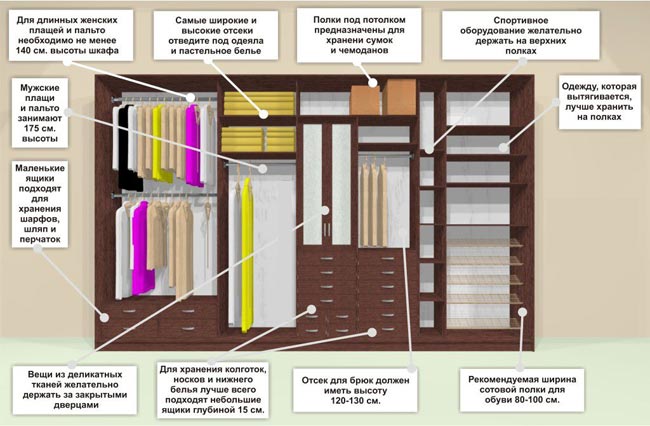
- Enclosure clothing - multi-format boxes and wide shelves.
- Encountered clothing - sections for the shoulders: For short things - branches with rods and hooks, located for each other; For long things - compartments with pantographs.
- Outerwear - vertical sections with rods.
- Underwear - roll-up drawers up to 30 cm in depth.
- Pants - fixed and retractable trousers in two typical versions: for storing trousers in folded in half and in fully unfolded.
- Shoes are single or two-storey shelves for low shoes and vertical side mounts - for high.
- Bags - horizontal row of hooks or stationary shelves.
- Large accessories - hanging organizers or vertical drawers.
- Decorations - roll-out trays with a height of 10-15 cm with separated cells.
- Bed linen - sections under the mezzide width from 40 cm to 70 cm.
Council. Do not forget about such an important element of the wardrobe, like a mirror. It can be represented in two variations: mirror doors or retractable mirrors hidden under the shelves.
Than filling the wardrobe
Now consider, what exactly can be filled with your wardrobe. To your attention the main components of the "repositories".
- Shelves are universal elements that can be species: stationary and retractable. The optimal distance between the shelves is 40 cm. It is possible to fix them as standard corners and hidden retainers.
- Baskets - stationary or dying deep compartments designed for enjoying clothing.
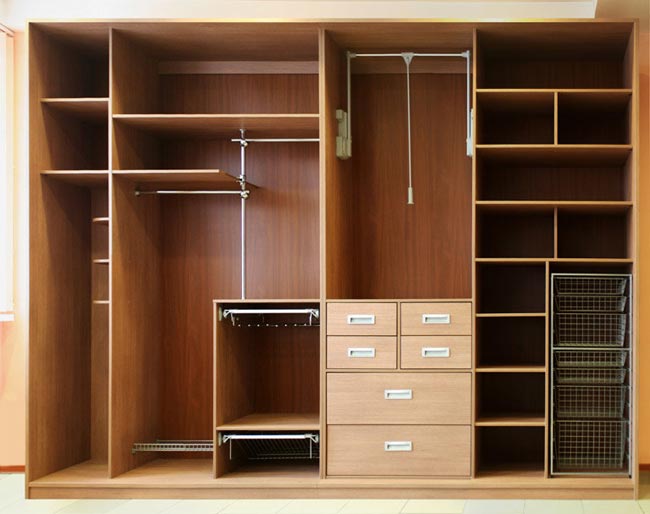
- Retractable drawers - standard (up to 80%) and complete (100%) extension. The most convenient in the operation of the boxes equipped with closers - this accessure allows compartments to be moved as easy and smoothly as possible.
- The crossbars and hangers are stationary elements for parallel storage of things.
- Rods - end and longitudinal holders for shoulder, which can be fixed and retractable. From the point of view of convenience, the second models are much more profitable: thanks to them, quick access to distant things is ensured.
Council. To determine the approximate length of the rod, calculate the required amount of the shoulders: about 5 cm length will go to one shoulders.
- Pantographs are "furniture elevators", lowering and raising the rods to the required level. Can be mechanical and electrical: the first are equipped with a handle, and the second is the button.
As you can see, the most functional and spacious, but the ergonomic wardrobe is a dream that can easily become a reality. We just need to adhere to simple recommendations for the organization of the furniture space - and then the perfect "dwelling" for things to you is provided.
Filling a wardrobe: video
Wardrobe inside: photo
